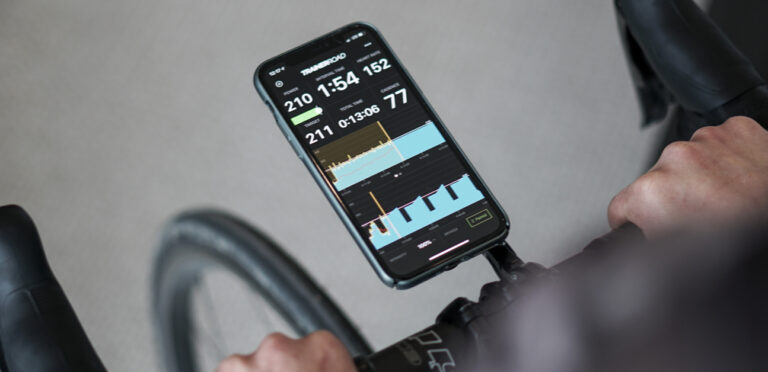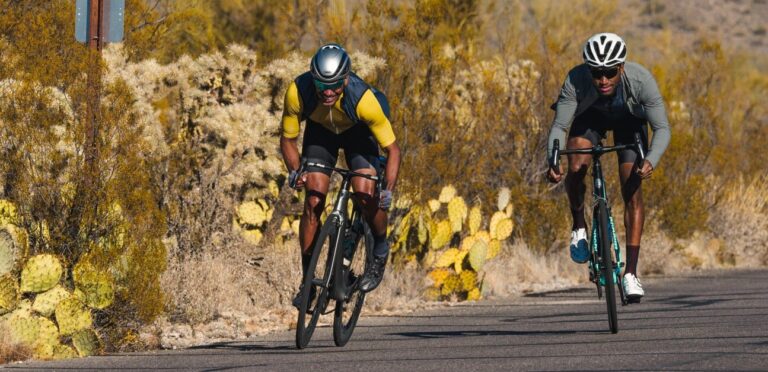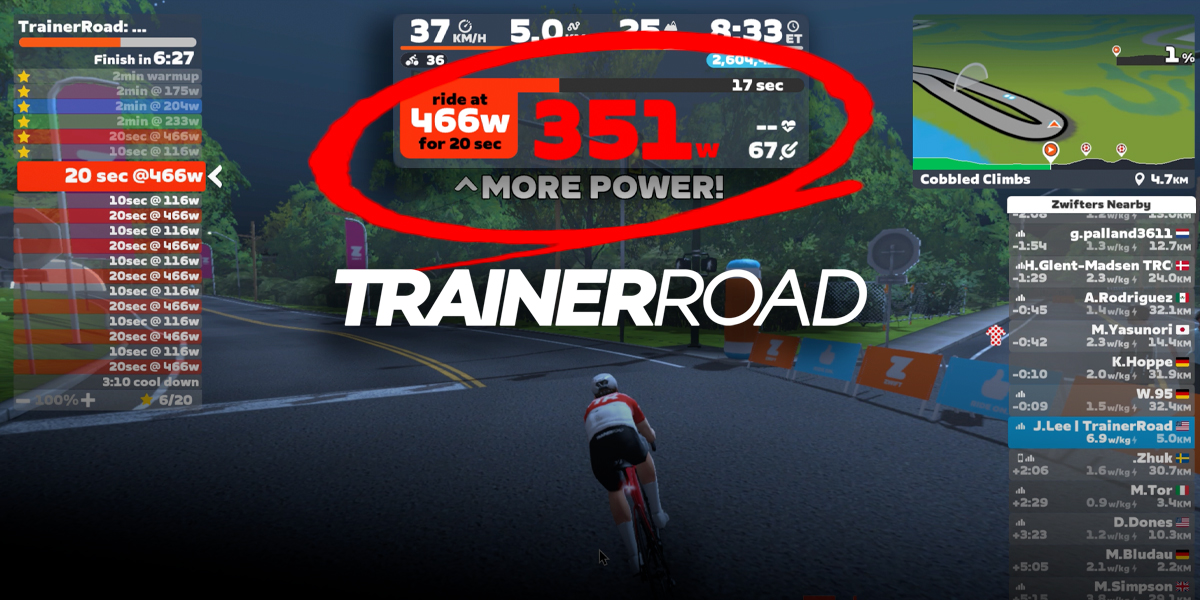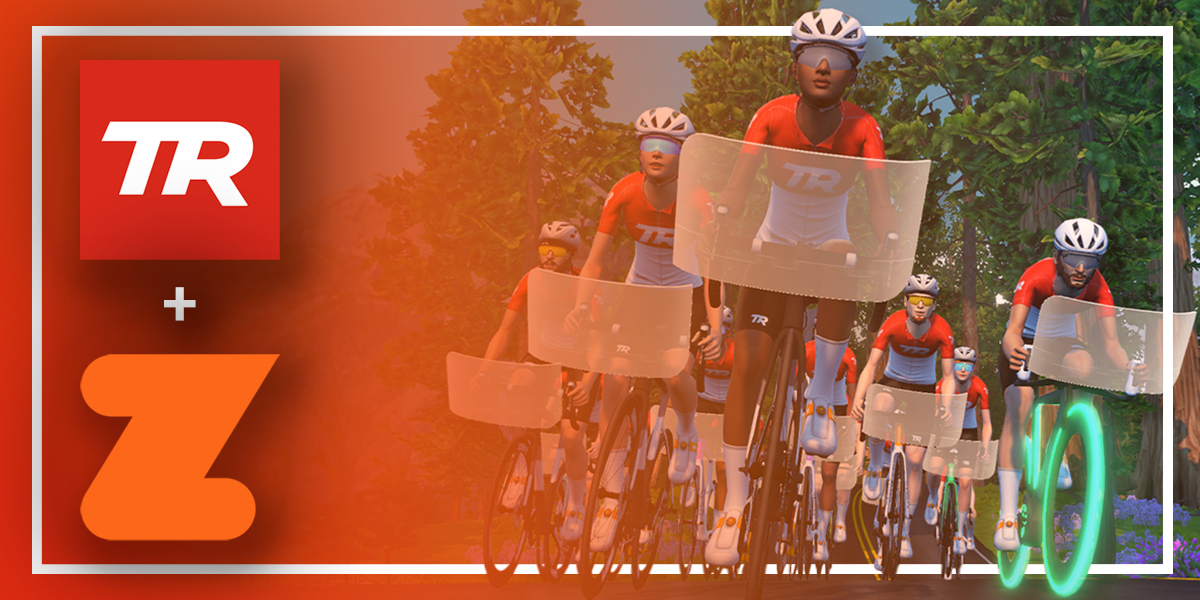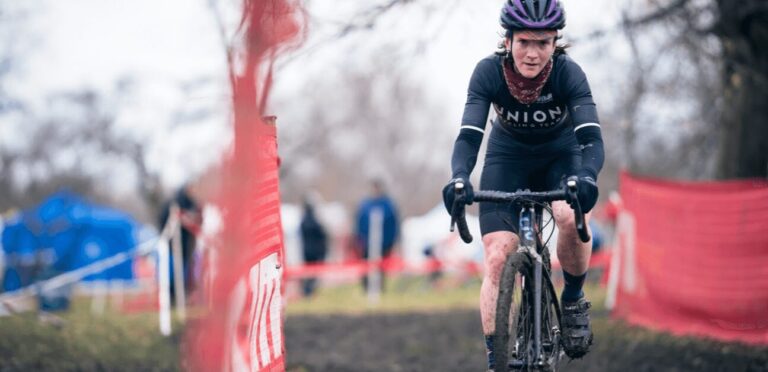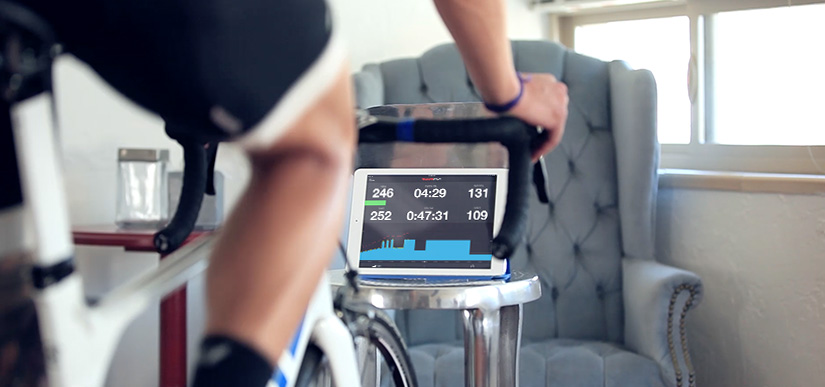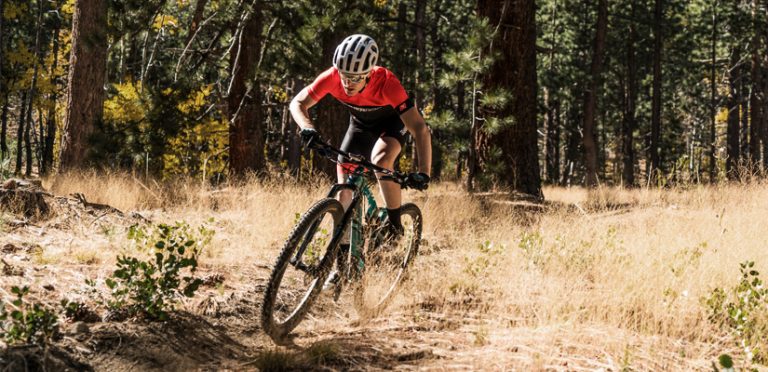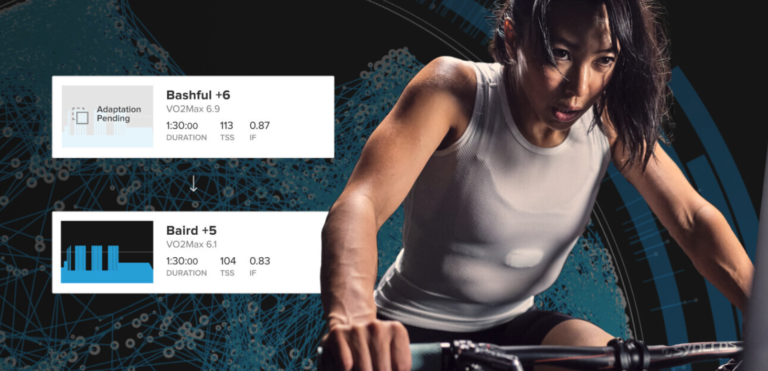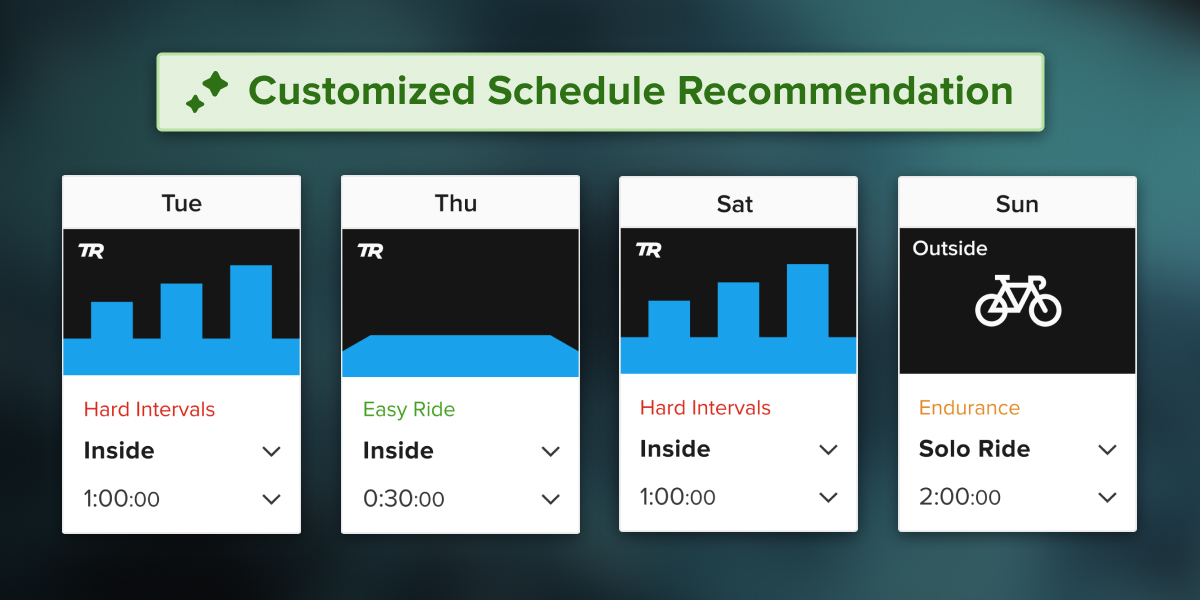What is TrainerRoad? TrainerRoad is your personal AI-powered cycling coach designed to help you ride faster, get stronger, and train smarter. Whether you’re training for racing, riding for fun, or aiming to boost your cycling performance, TrainerRoad creates a personalized training plan tailored to your goals, fitness level, and available time. It connects seamlessly with…
